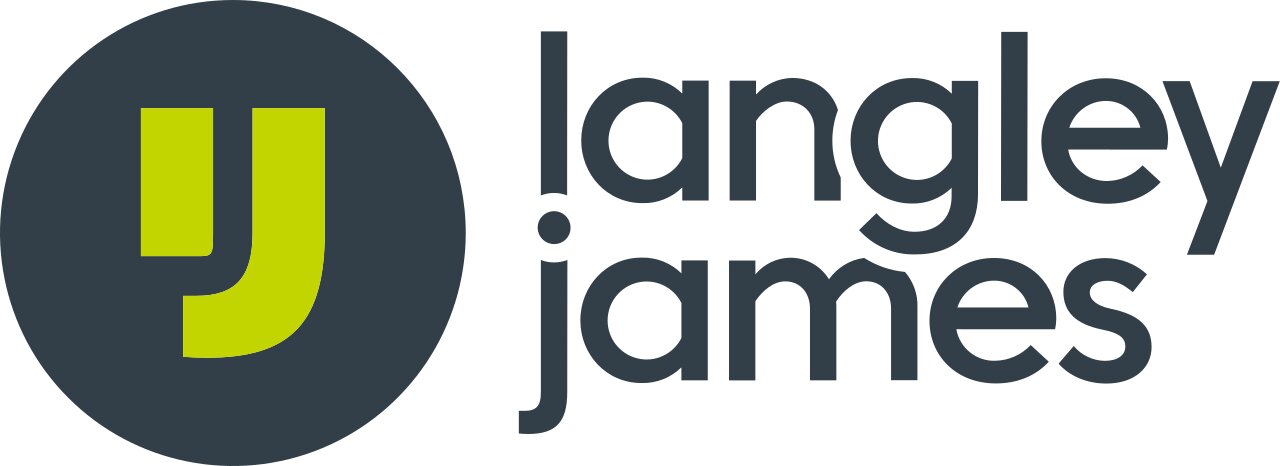- Slower rises in both permanent and contract staff appointments
- Permanent salary growth moderates to 26-month low
- Candidate availability falls at weaker, but still marked, rate.
Growth of staff appointments eases
Although permanent staff placements continued to rise in December, the rate of growth cooled since Novembers seven-month peak. Contract staff billings also increased at a slower pace, with the latest rise also slower than the previous month.
Stronger rise in demand for staff
Vacancies increased at a sharp and accelerated rate in December. Demand for permanent staff continued to rise at a faster pace than signalled for short-term workers.
Decline in candidate availability eases but still sharp
The availability of staff for both permanent and contract roles fell further in December. Although rates of contraction were slower than in November, they remained marked.
Pay pressures ease
Salaries awarded to staff placed in permanent jobs increased further in December. However, the rate of growth was the slowest in over two years. Contract staff hourly pay rates increased at the weakest pace in 21 months.
Staff Appointments
Growth of permanent placements eases from seven-month high:
The number of people placed in permanent jobs continued to increase in December. After accounting for expected seasonal factors, the index signalled that the rate of expansion remained solid, albeit slower than in November. Panellists commented on rising demand for staff and robust client confidence as factors underpinning the latest increase in permanent volumes. The south posted the fastest growth of permanent staff placements in December, while the slowest rise was seen in London.
Temp billings growth eases slightly:
Agencies’ billings from the employment of contract staff rose further in December. The rate of expansion eased slightly from Novembers five-month high, but remained marked overall. Anecdotal evidence from the survey pane linked higher temp billings to rising activity levels at client companies. Growth of short-term appointments was strongest in the midlands during December, while London-based agencies noted the weakest rise.
Vacancies
Further marked rise in demand for staff:
The report on Jobs Vacancy Index posted 62.2 in December, up from 61.2 in November. The latest reading pointed to a strong and accelerated rate of expansion. Permanent staff continued to record sharper growth of demand than contract workers as has been the case throughout the past ten months.
Public and private sector companies:
Demand for staff remained considerably stronger in the private sector than the public sector during December. The fastest overall increase was signalled for private sector permanent workers. In contrast, demand for public sector permanent staff fell further.
Other vacancy indicators:
Latest official data from the Office for National Statistics (ONS) signalled that vacancies rose 6.4% on an annual basis in the three months to November. That was up slightly from 6.3% in the three months to October. Meanwhile, internet-based recruitment spending was up 4.6% on a year-on year basis in the second quarter of 2015. This was down from 5.9% in the first quarter.
Staff availability
Availability of permanent staff:
The availability of candidates to fill permanent roles continues to decline in December, although remaining sharp, the rate of deterioration eased since November. Lower permanent staff availability was recorded across each of the four monitored English regions, with the sharpest drop seen in the midlands.
Availability of contract staff:
Contract staff availability fell further at the end of 2015. Although easing from Novembers 18-year record, the rate of deterioration remained considerable. Mirroring the trend for permanent staff availability, the sharpest reduction in short-term candidate supply was reported by agencies in the midlands.
Remuneration
Permanent salaries:
Average starting salaries for candidates placed in permanent roles continued to rise in December. However, the rate of growth eased to a 26-month low. Around 21% of panellists reported higher salaries in the latest survey period, compared with approximately 6% that signalled a fall. Those panellists reporting higher salaries generally cited competition for scarce candidates, all four monitored English regions registered higher salaries, with the South and the Midlands posting the strongest growth.
Contract pay rates:
Hourly rates of pay for contract staff increased further in December. Although easing to a 21-month low, the rate of growth remained slightly sharper than the survey’s long run average. The Midlands led a broad-based rise in contract pay during the latest survey period.


Recent Comments